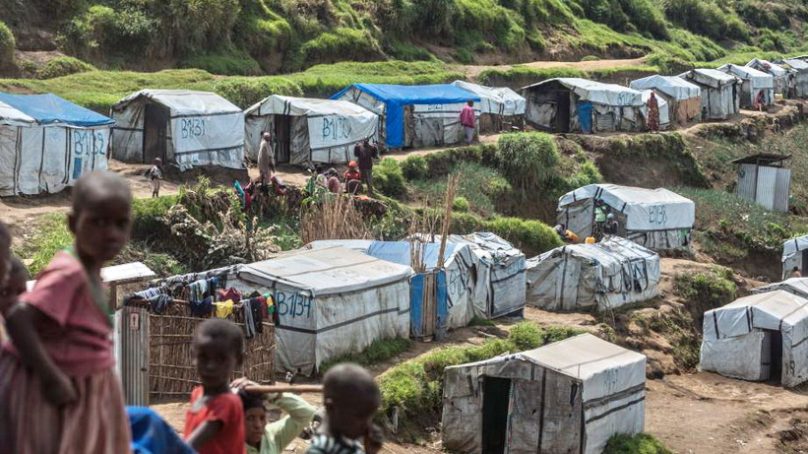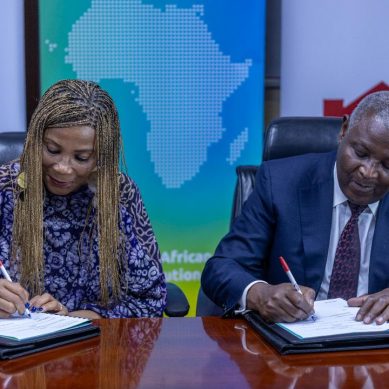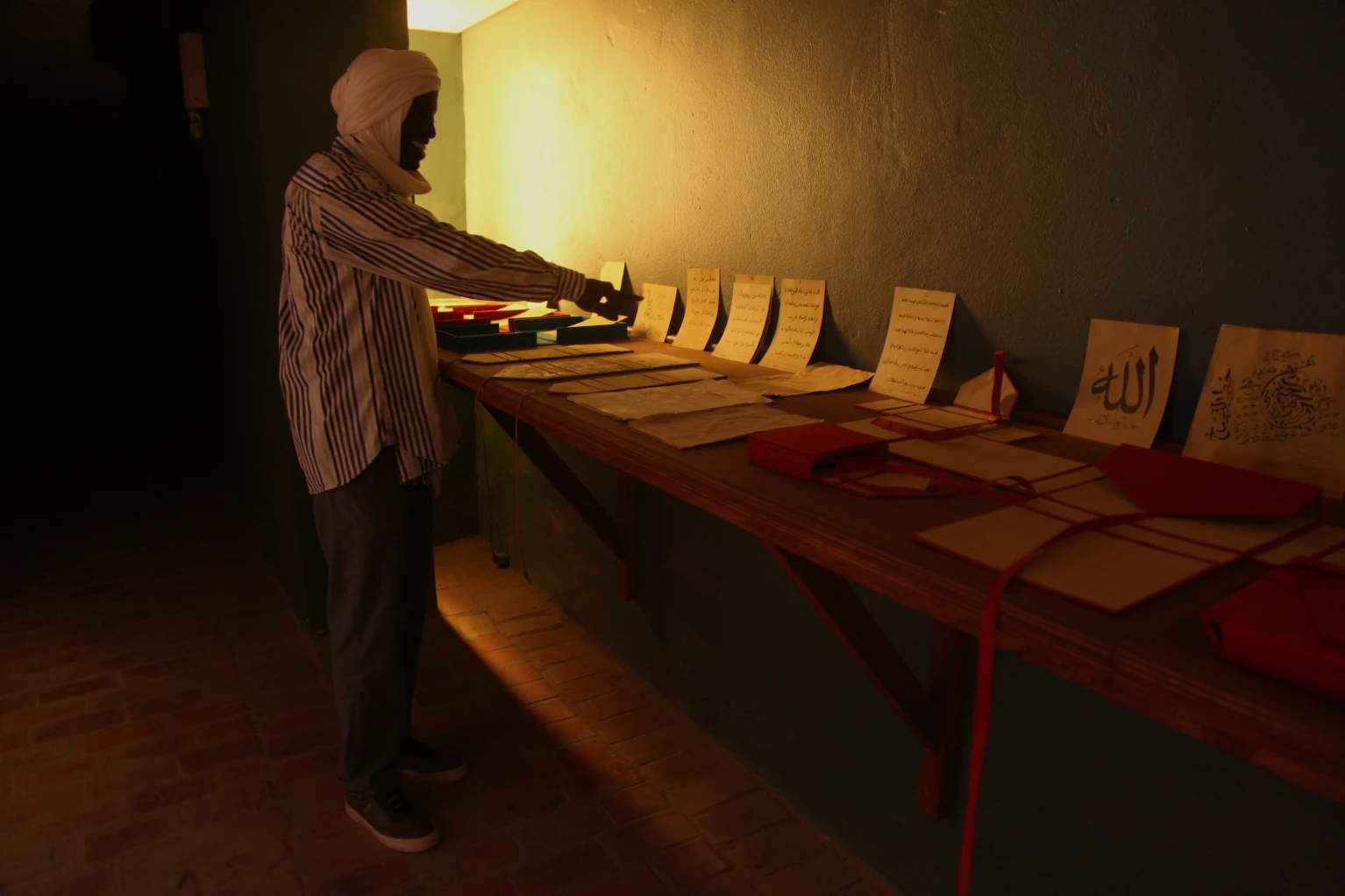
The number of African refugees, internally displaced persons and asylum seekers grew by 14 per cent over the past year – to more than 45 million people.
The number of Africans forcibly displaced by conflict and repressive regimes has risen for the 13th year in a row – to over 45 million people. Comprising internally displaced persons (IDPs), refugees, and asylum seekers, this figure represents a 14-per cent increase from the previous year. With 3 per cent of its total population forcibly displaced, Africa has both a larger share and absolute number of forcibly displaced people than any other major region in the world.
Given the persistent growth in displacement, there has been a doubling in the forcibly displaced population in Africa since 2018. Three-quarters of these people – 34.5 million – are internally displaced. This represents a near tripling in the number of internally displaced people in Africa since 2017. With 1.9 million newly reported internally displaced since the start of 2024, Africa now hosts more than 48 per cent of the world’s IDPs.
Conflict has consistently been the leading driver of displacement on the continent. Only two of the African countries with more than 250,000 people displaced were not experiencing conflict. Citizens of these two – Eritrea and Rwanda – face some of the highest levels of domestic repression on the continent. Notably, nearly all of the displacement in these two countries is external.
The spike in displacement over the past year is mostly attributed to the conflict in Sudan, which recorded a 5.35-million-person increase in internally displaced over the past year. Sudan, though, is just one of 9 African countries with forcibly displaced populations of more than 250,000 that had increased displacement during this period. In six African countries, more than 10 per cent of the population is forcibly displaced, underscoring both the breadth and depth of this instability.
The nine African countries with more than one million displaced account for more than 90 per cent of the total forcibly displaced population in Africa: Sudan, the Democratic Republic of the Congo (DRC), Somalia, Nigeria, Ethiopia, South Sudan, Burkina Faso, Cameroon and the Central African Republic (CAR). Four of the top six sources of forced displacement are in East Africa, underscoring the compounding regional implications of ongoing conflicts.
This compounding fragility caused by Africa’s unresolved conflicts is a vital feature of the African security environment. African countries host over 98 per cent of African refugees and asylum seekers. This is particularly notable considering the enormous strains many of these countries face, including almost half experiencing conflict themselves. Following is an assessment of the countries experiencing the greatest dynamism in their levels of forced displacement.
Sudan
12,656,000 Sudanese forcibly displaced
5.35 million increase (73 per cent change)
Sudan has the highest number of IDPs in the world and has generated the second highest number of total displacement globally (currently more than 12.6 million) compared to Syria’s almost 13.8 million.
The power struggle between the Sudanese Armed Forces (SAF) and paramilitary Rapid Support Forces (RSF) exploded into conflict in April 2023 – and the impacts on Sudanese civilians have been worsening ever since. Roughly 1.4 million Sudanese citizens have fled the country and almost 10.5 million (including 2.8 million previously displaced) are IDPs (one out of every five people in the country).
The 5.35 million Sudanese who were displaced over the past year has made Sudan far and away the largest source of forcibly displaced people in Africa, with nearly 12.7 million. A year earlier, Sudan and the DRC were at comparable levels (just over one million).
An additional 909,000 non-Sudanese living in Sudan (mostly refugees from neighbouring countries) have also been displaced. Most of these people have had to return to their countries of origin, which are still experiencing conflict, straining the fragility of the region.
Ethnic cleansing at the hands of the RSF is happening again in Darfur, which is experiencing its worst violence since 2005. Experts say this violence – largely targeting the Masalit community – may amount to war crimes and crimes against humanity.
An estimated 25.6 million people in Sudan (more than half the country’s population of 47.2 million) face acute food insecurity (IPC Phase 3 (Crisis) or above), including 755,000 facing famine. The UN has accused the warring parties of weaponising access to food. Estimates are that 2.5 million people could die from famine if humanitarian access is not secured.
Democratic Republic of the Congo
8,023,000 Congolese forcibly displaced
881,000 increase (12 per cent change)
Deteriorating stability – primarily in the eastern provinces of North Kivu, South Kivu, and Ituri – has resulted in the displacement of an additional 752,000 people in the DRC since the beginning of 2024. The number of Congolese IDPs stands at 6.9 million, the highest ever reported for the country.
The instability in the DRC is multifaceted. A key driver of the recent displacement has been the seizing of more territory and attacks on civilian settlements in the east by the Rwandan-backed M23 militia. The undisciplined response by the armed forces of the DRC and their Wazalendo militia allies – who have engaged in looting, extorting, kidnapping, and murdering civilians – has triggered additional displacements. Regional rivalries between Rwanda, Burundi, and Uganda further fuel support for proxy forces and risk escalating into a full-blown regional conflict.
Violent criminal groups like the Allied Democratic Forces (ADF) and the Cooperative for Development of the Congo (CODECO) have been responsible for indiscriminate violence against civilians resulting in hundreds of civilian deaths, primarily in North Kivu and Ituri, respectively.
Competition by the rival armed groups for critical minerals (including gold, cobalt and coltan) and precious timber, driven by global demand, have further added to the instability.
The UN peacekeeping mission, MONUSCO, continues to play a critical stabilising role, protecting an estimated 6.5 million IDPs in the northeastern DRC. This includes demining, community-based early warning systems, judicial capacity building, community conflict resolution, and collaborative mechanisms for civilian protection.
- A Tell report / By the Africa Centre for Strategic Studies and republished with permission







